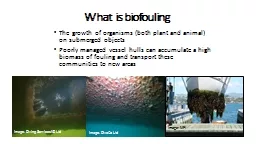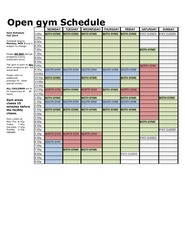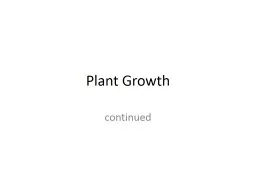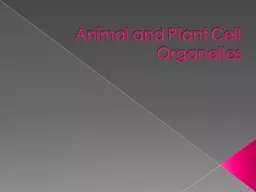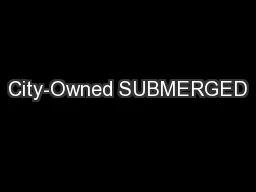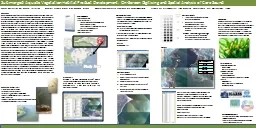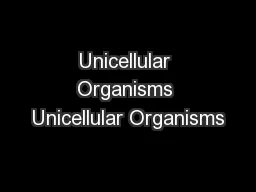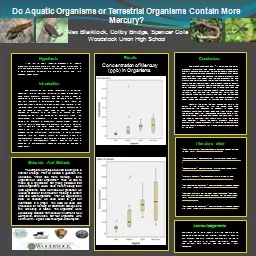PPT-What is biofouling The growth of organisms (both plant and animal) on submerged objects
Author : natalia-silvester | Published Date : 2019-03-14
Poorly managed vessel hulls can accumulate a high biomass of fouling and transport these communities to new areas Image DiveCo Ltd Image Diving Services NZ Ltd
Presentation Embed Code
Download Presentation
Download Presentation The PPT/PDF document "What is biofouling The growth of organis..." is the property of its rightful owner. Permission is granted to download and print the materials on this website for personal, non-commercial use only, and to display it on your personal computer provided you do not modify the materials and that you retain all copyright notices contained in the materials. By downloading content from our website, you accept the terms of this agreement.
What is biofouling The growth of organisms (both plant and animal) on submerged objects: Transcript
Download Rules Of Document
"What is biofouling The growth of organisms (both plant and animal) on submerged objects"The content belongs to its owner. You may download and print it for personal use, without modification, and keep all copyright notices. By downloading, you agree to these terms.
Related Documents

